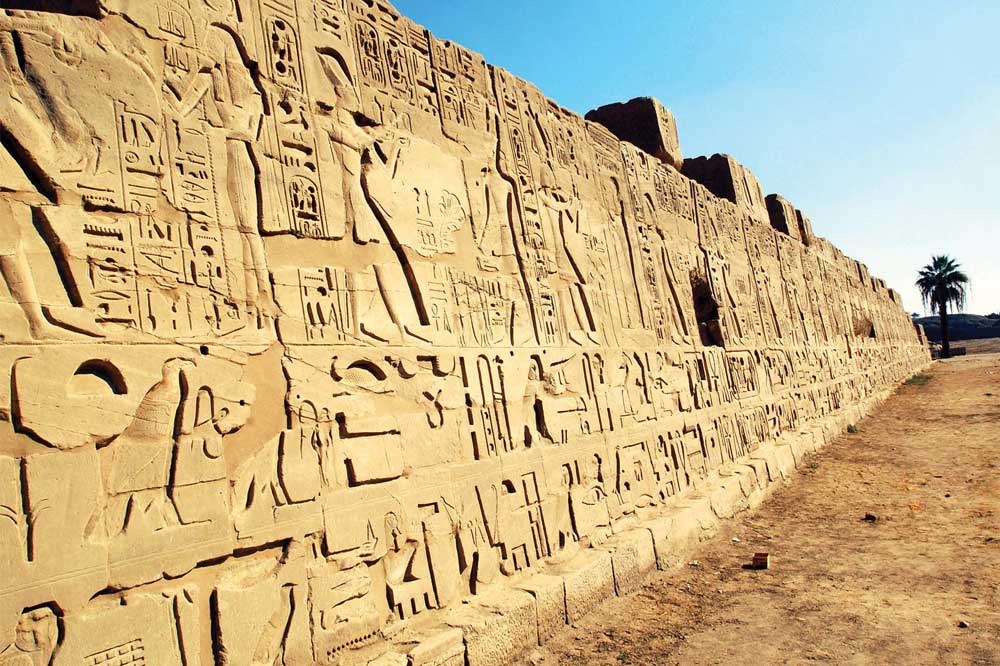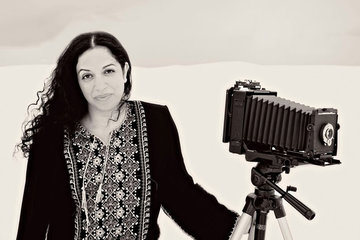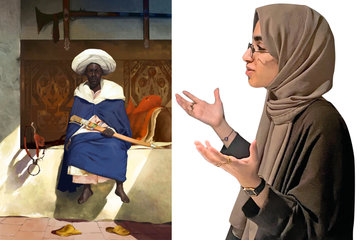
With technology not only advancing into the future, but also being created to preserve bygone eras, Google has launched Fabricius to help people to decode Egyptian hieroglyphs with the simple scroll and click of a mouse.
The digital AI (artificial intelligence) tool can be found on the free Google Arts & Culture app and is an educational way to experience ancient Egypt, which is known to be one of the most important civilizations in the history of the world.

Fabricius also offers up a meticulously curated plethora of information, arts and other historical artifacts from over 2000 global establishments and uploaded them onto the platform in a way that gives up close and detailed access to them using innovative formats such as Street View and augmented reality reconstructions.
The easily accessible educational tool is made up of three sections; Play, Learn and Work and gives people interested in ancient Egypt access to the ancient language and how to decipher its script. Each section is also brimming with helpful and fascinating facts in a bid to intrigue people to want to learn more about that era.

Fabricius has been created in partnership with the Australian Center for Egyptology at Macquarie University, where a “series of tracing and drawing exercises help users become more familiar with the 1000-plus symbols of the vast logographic writing system.” As a user becomes more familiar with the meaning of each hieroglyph, they can begin to use the tool to create their own messages.
Chance Coughenour, head of reservations at Google Arts and Culture spoke about the exciting new platform and stated, “We are very excited to be launching this new tool that can make it easier to access and learn about the rich culture of Ancient Egypt. For over a decade, Google has been capturing imagery of cultural and historical landmarks across the region, from Egypt, the UAE, Lebanon, Palestine, Tunisia, and more, while making it available on Maps, Street View and Google Arts & Culture. Together with our partners, we remain committed to promoting the rich history and heritage of the region, and to make it accessible to everyone.”

















